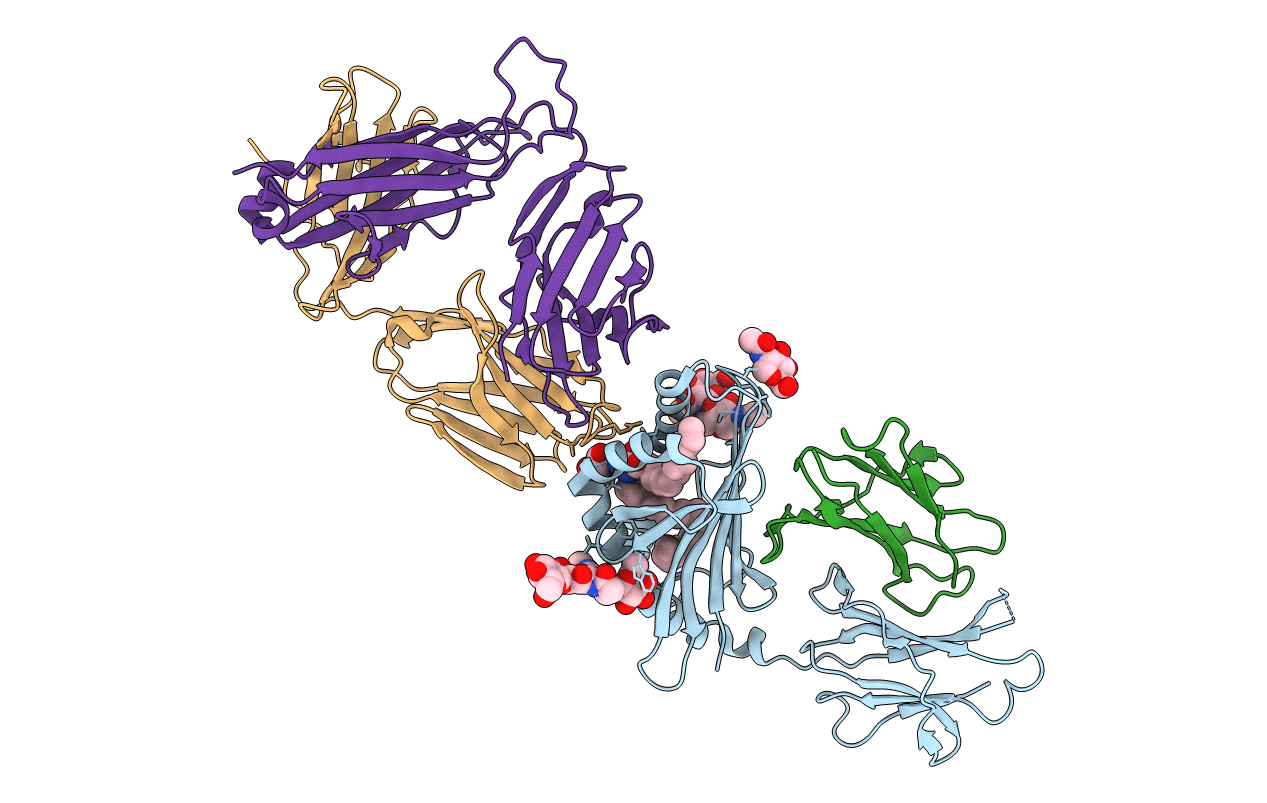
Deposition Date
2011-05-03
Release Date
2012-02-22
Last Version Date
2024-10-16
Method Details:
Experimental Method:
Resolution:
2.80 Å
R-Value Free:
0.26
R-Value Work:
0.22
R-Value Observed:
0.22
Space Group:
C 2 2 21


